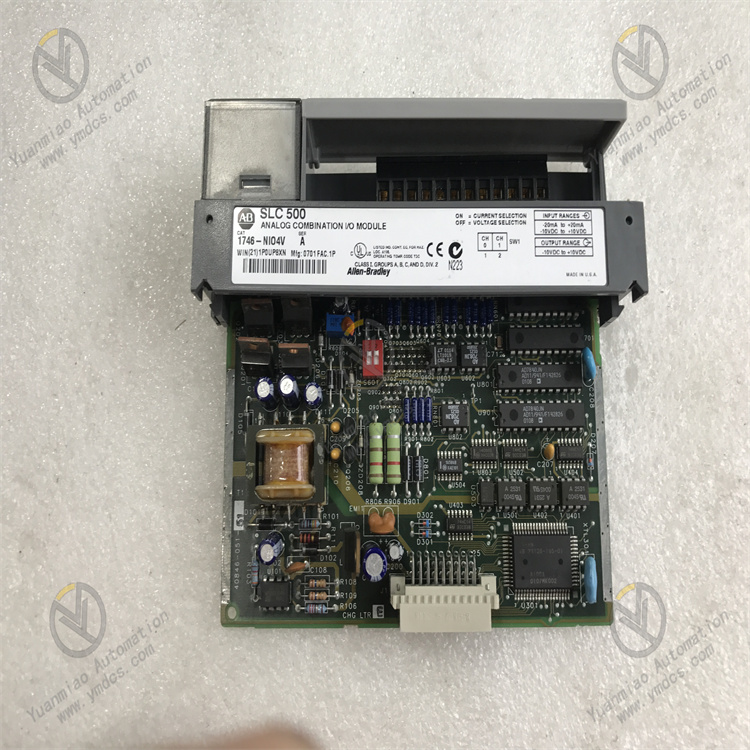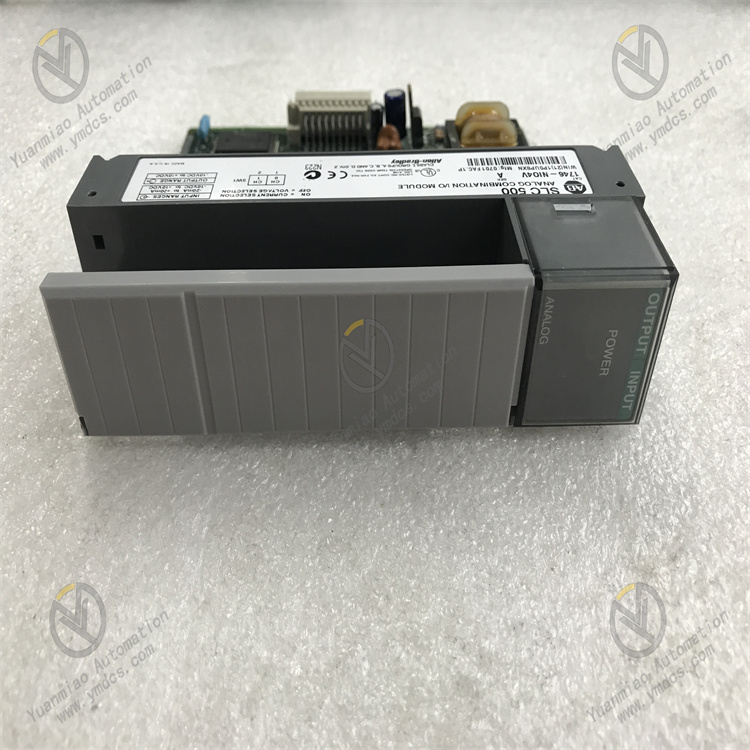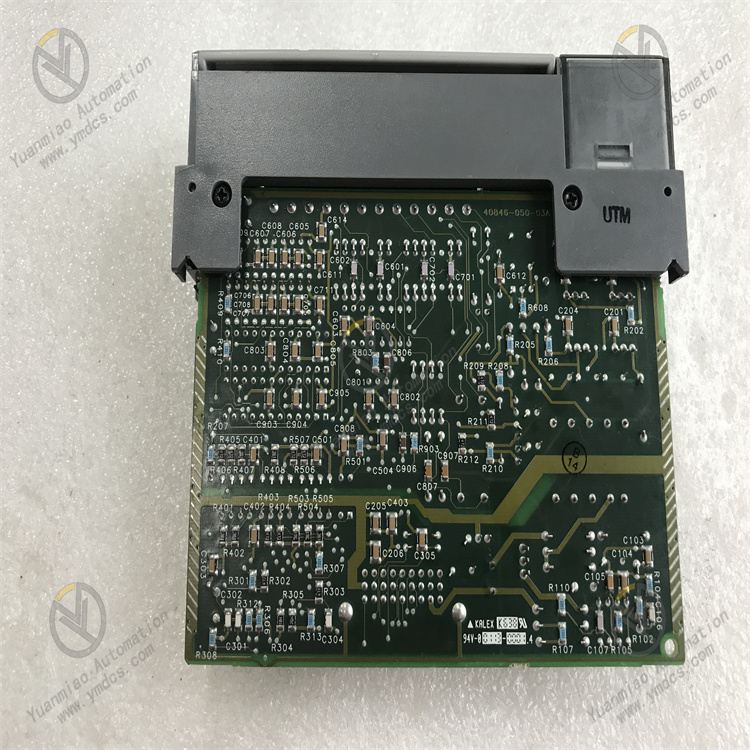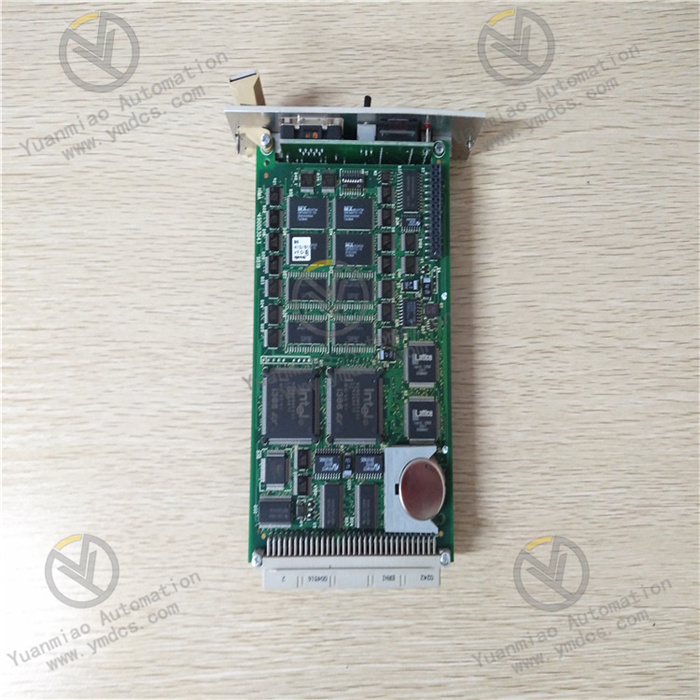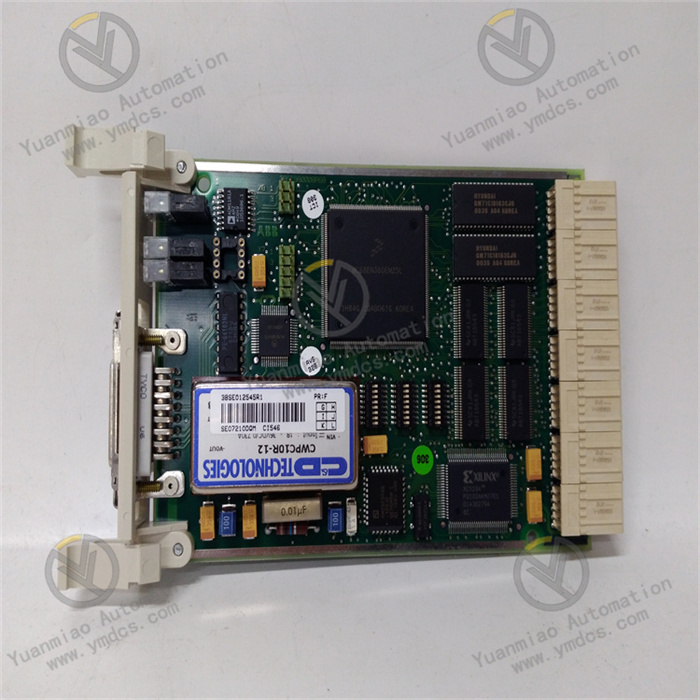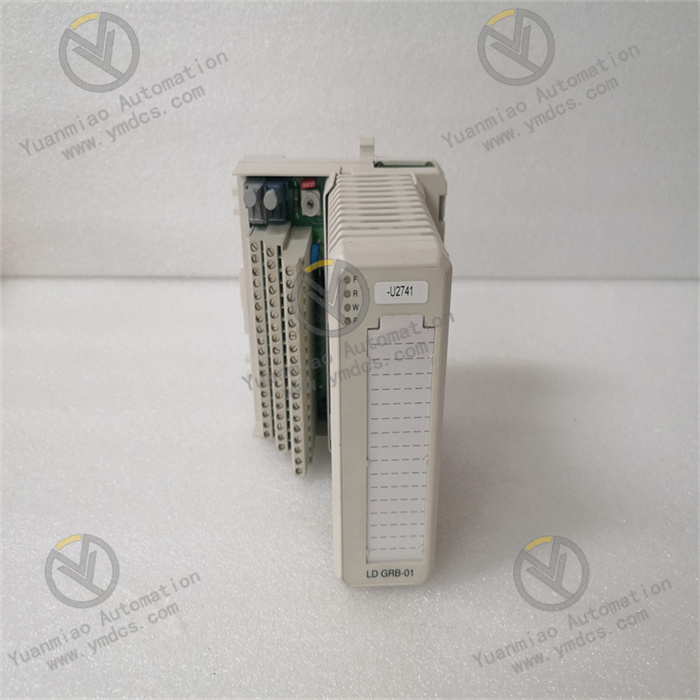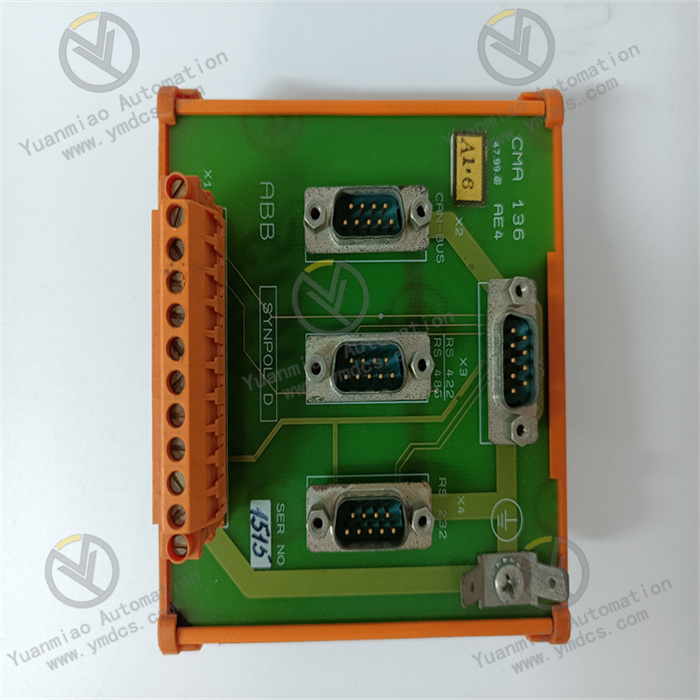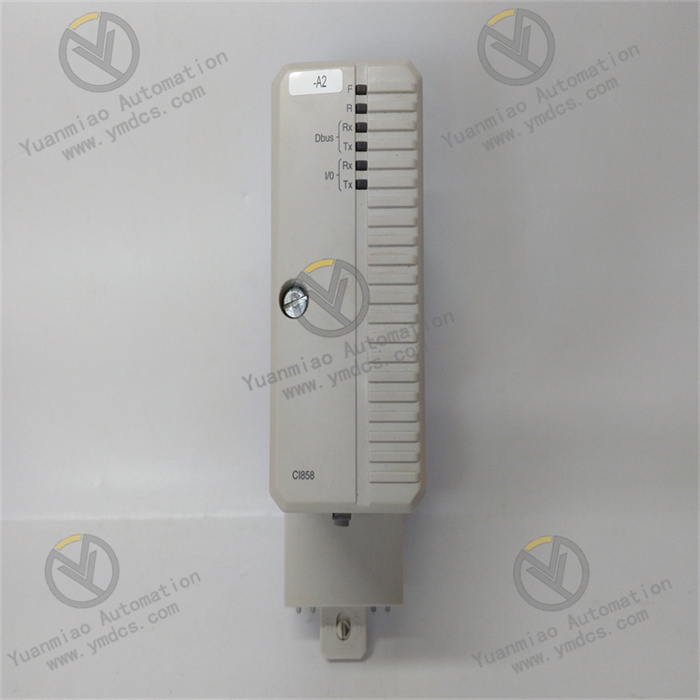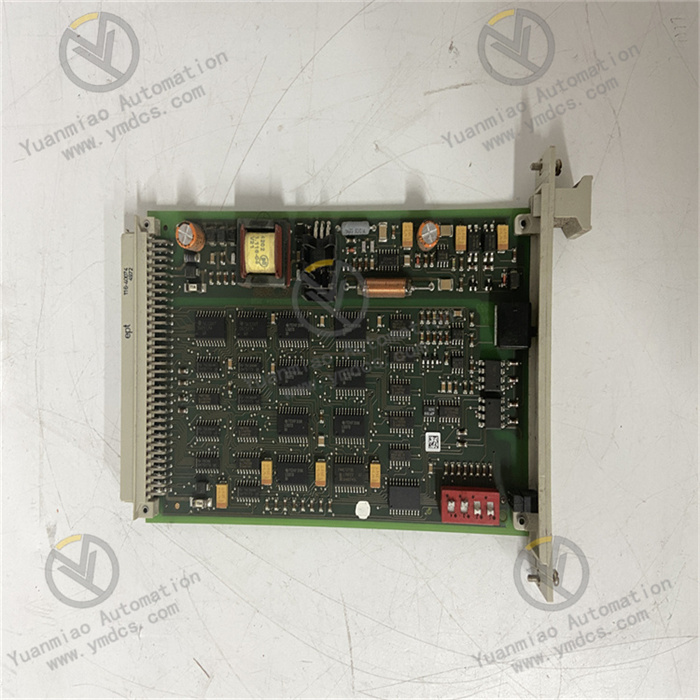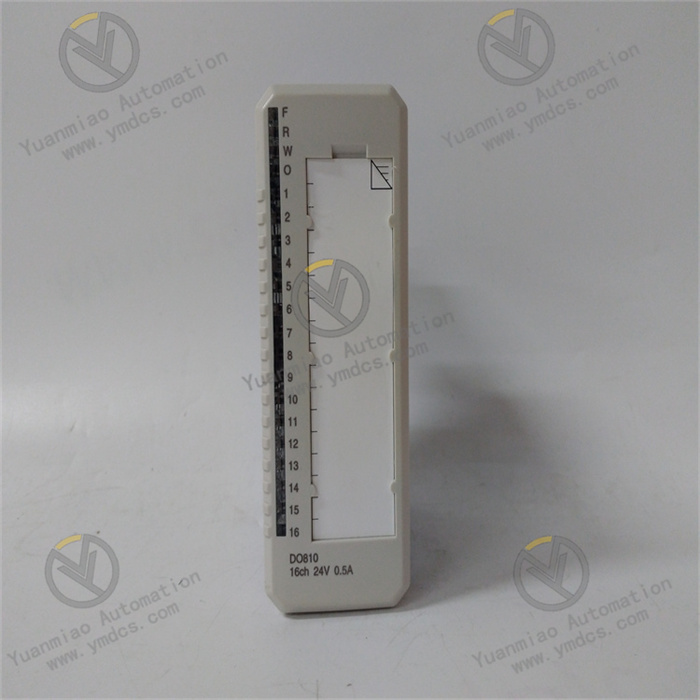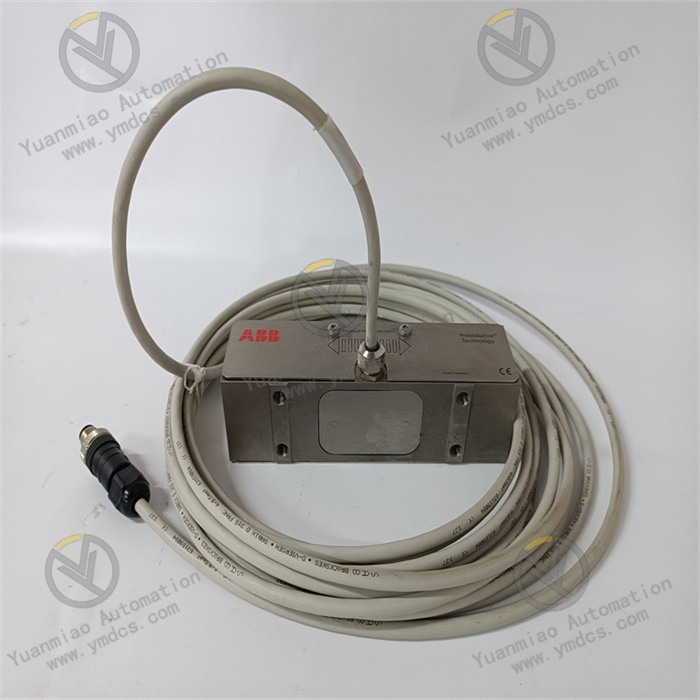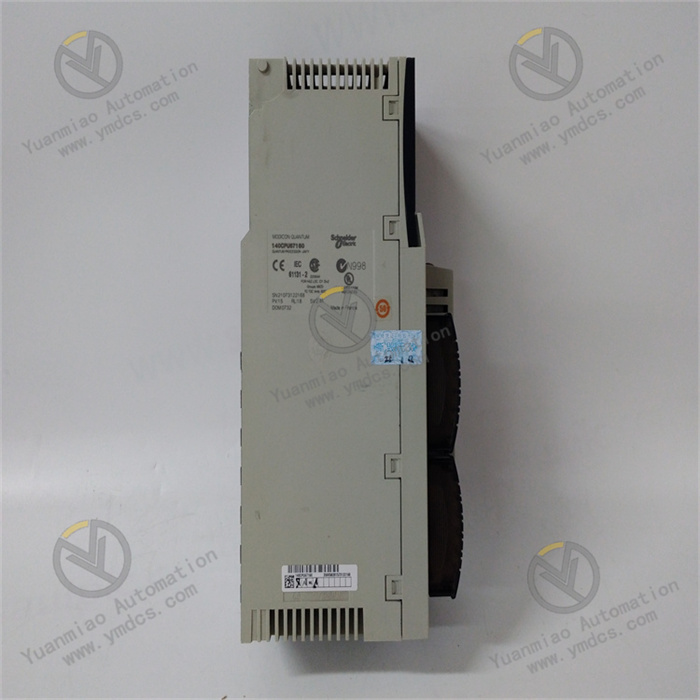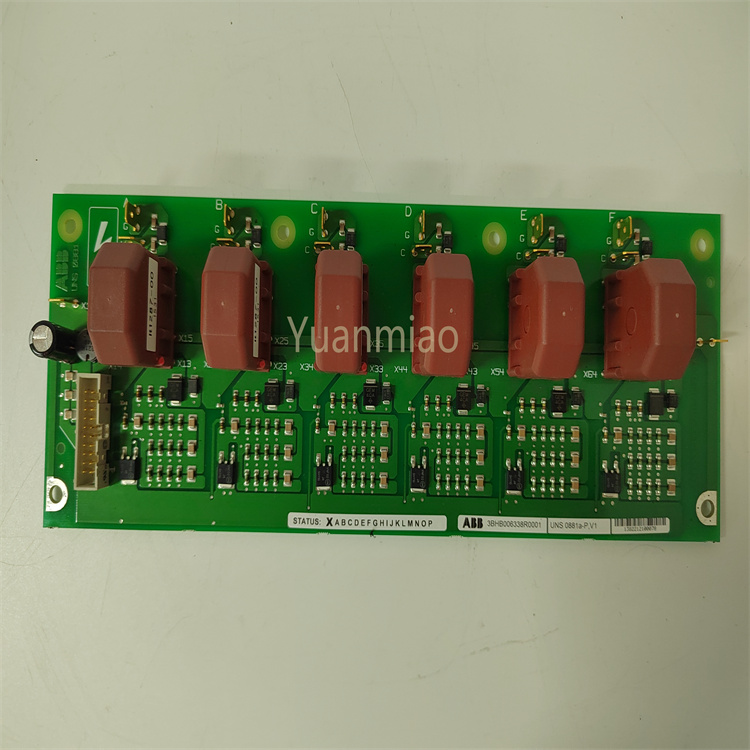Description
The 1746-NIO4V is a digital input/output module, mainly used in industrial automation control systems to achieve digital signal communication between the controller and external devices. It can input the digital signals of external devices into the controller for processing. At the same time, it can also output the digital signals of the controller to external devices to control the operating status of the devices. Functional Features High reliability: It adopts industrial-grade design and manufacturing processes, and can operate stably in harsh industrial environments. It has strong anti-interference ability and protective performance, and can adapt to environmental conditions such as high temperature, humidity, and dust. Flexible configuration: It supports various combinations of input and output points, and different configurations can be selected according to actual application requirements to meet the requirements of control systems of different scales. Generally, it has 4 digital input channels and 4 digital output channels, and can be flexibly connected to various digital devices. Fast response: It has the ability to process signals quickly, can promptly respond to changes in external signals, and can quickly output the processing results to meet the requirements of industrial control application scenarios with high real-time performance, such as the control of high-speed production lines. Diagnostic function: It has a built-in diagnostic function, which can monitor the working status of the module in real time. When a fault occurs, it can send out an alarm signal in a timely manner and provide relevant fault information, facilitating maintenance personnel to quickly locate and troubleshoot the fault, reducing the maintenance cost and downtime of the system.
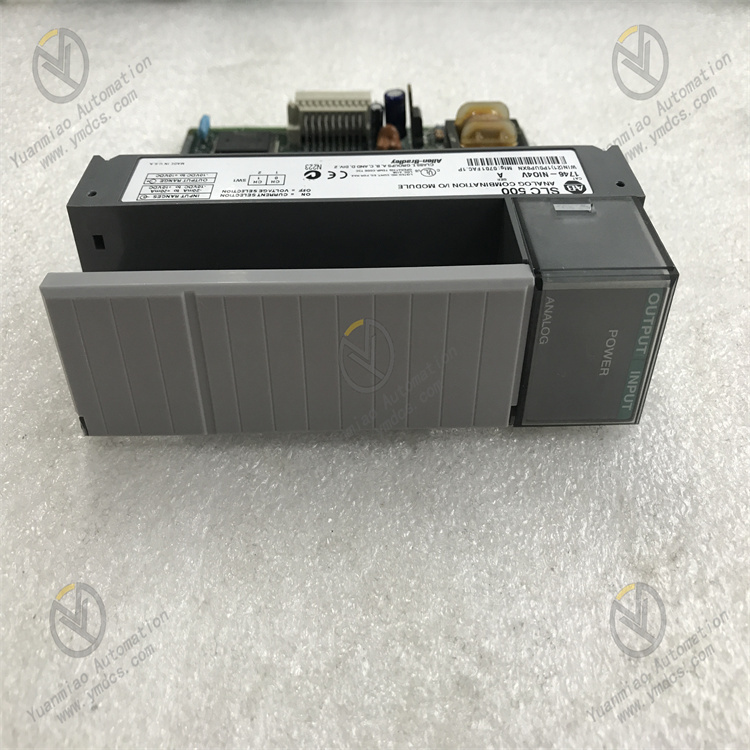
Technical Specifications for 1746-NIO4V
| Manufacturer | Rockwell Automation |
| Brand | Allen-Bradley |
| Backplane Current at 24 Volts | 115 mA |
| Backplane Current at 5.1 Volts | 0.55 mA |
| Output voltage resolution | 1.22070 mV per LSB |
| Output Voltage range | -10 to +10 volts |
| No. of Outputs | Two (2) non-isolated voltage outputs |
| Voltage input resolution | 305.176 µV per LSB |
| Voltage Input range | -10 to +10V dc - 1 LSB |
| Current input resolution | 1.22070 µA per LSB |
| Current Input range | -20 to 20 mA |
| No. of inputs | Two (2) Differential Voltage / Current inputs |
| Part Number/Catalog No. | 1746-NIO4V |
| Series | SLC500 |
| Module Type | Analog combination module |
| Inputs | 2 |
| Outputs | 2 |
| Backplane Current (5 Volts) | 55 milliamps |
| Backplane Current (24 Volts) | 115 milliamps |
| Bandwidth | 10 Hertz |
| Update Time | 512 microseconds |
| Resolution | 16 bits in, 14 bits out |
| Step Response | 60 milliseconds in, 2.5 milliseconds out |
| Mounting | Rack mount |
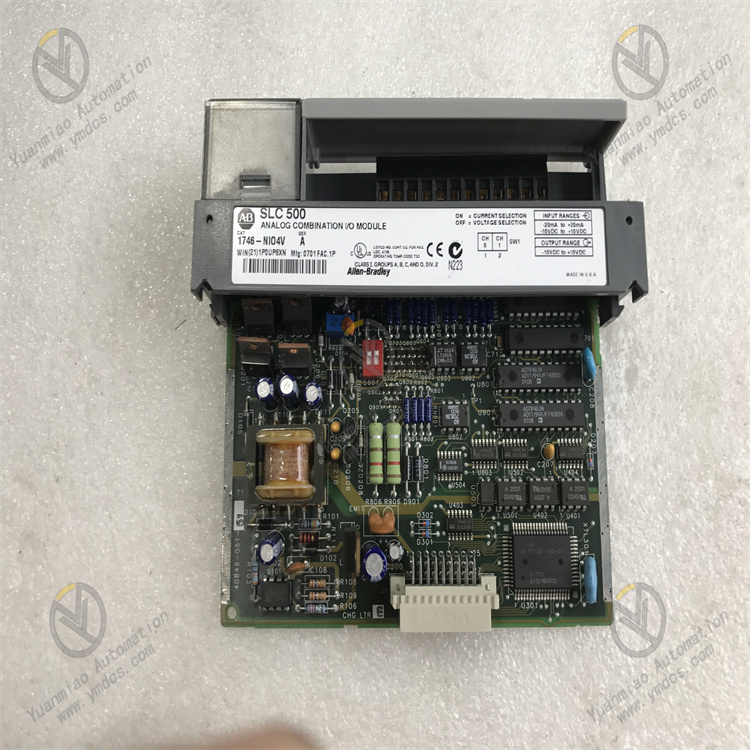
Technical Specifications
Input Characteristics: It usually supports standard industrial digital signal input levels, such as 24V DC input, and the input current is generally between several milliamps and dozens of milliamps. The response time of the input signal is relatively fast, generally within milliseconds, and it can accurately capture the changes of external signals.
Output Characteristics: The output types are usually relay output or transistor output, which can be selected according to the load type and requirements. The relay output can withstand a relatively high load current, generally up to 2A or higher, and is suitable for controlling devices with relatively high power, such as contactors and solenoid valves. The transistor output has a faster switching speed and is suitable for loads with high-frequency actions, such as indicator lights and small relays. The voltage range of the output signal generally matches the input voltage and can provide a stable driving signal.
Communication Interface: It supports communication with Rockwell Automation's PLC (Programmable Logic Controller) system. Through corresponding bus protocols, such as ControlNet, DeviceNet, or EtherNet/IP, etc., it can achieve high-speed data transmission and communication with the controller. The communication rate varies according to the bus protocol used, generally between several dozen Kbps and 100Mbps.
Working Environment: The working temperature range is generally 0°C - 55°C, and some models can adapt to a wider temperature range. The relative humidity range is generally 5% - 95% without condensation. The module has good electromagnetic compatibility (EMC), complies with relevant international and domestic standards, and can work normally in complex electromagnetic environments.
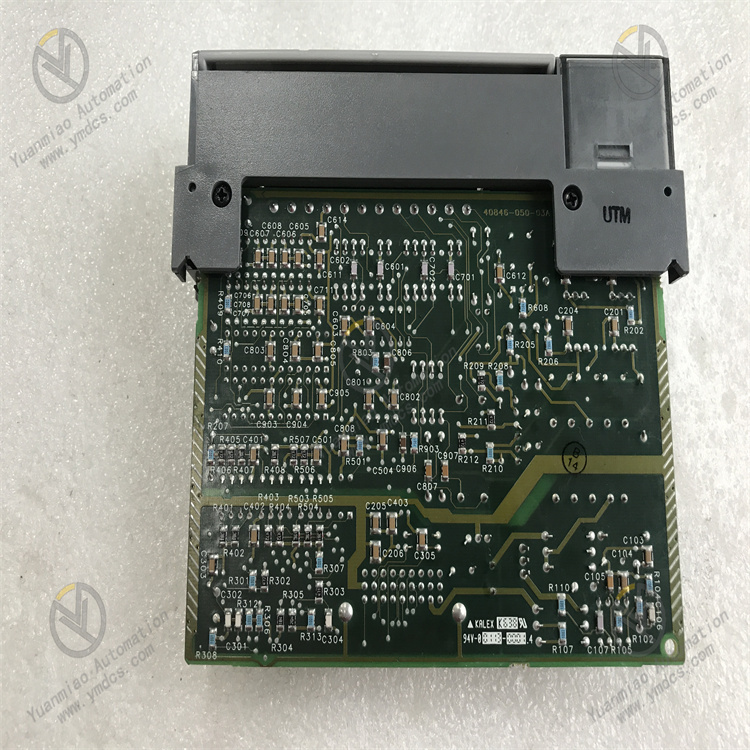
Application Areas Manufacturing Industry: In the production lines of industries such as automobile manufacturing, electronic device manufacturing, and mechanical processing, it is used to control the start and stop, operation status monitoring, and logical control of various automated devices, such as robots, conveyor belts, automated fixtures, machine tools, etc., to achieve the automation and intelligence of the production process. Power Industry: It can be used for the control and monitoring of power equipment in places such as power plants and substations, such as the control of switchgear, signal indication, and the status monitoring of protection devices, etc., to ensure the safe and stable operation of the power system. Transportation: In fields such as rail transit and logistics transportation, it is used to control devices such as turnouts, signal lights, and automatic doors to achieve the automated control and management of transportation facilities. Water Treatment Industry: In water treatment facilities such as sewage treatment plants and waterworks, it is used to control the operation of devices such as water pumps, valves, and agitators to achieve the automated control and monitoring of the water treatment process and ensure that the water quality meets the standards and the stable operation of the production process.


